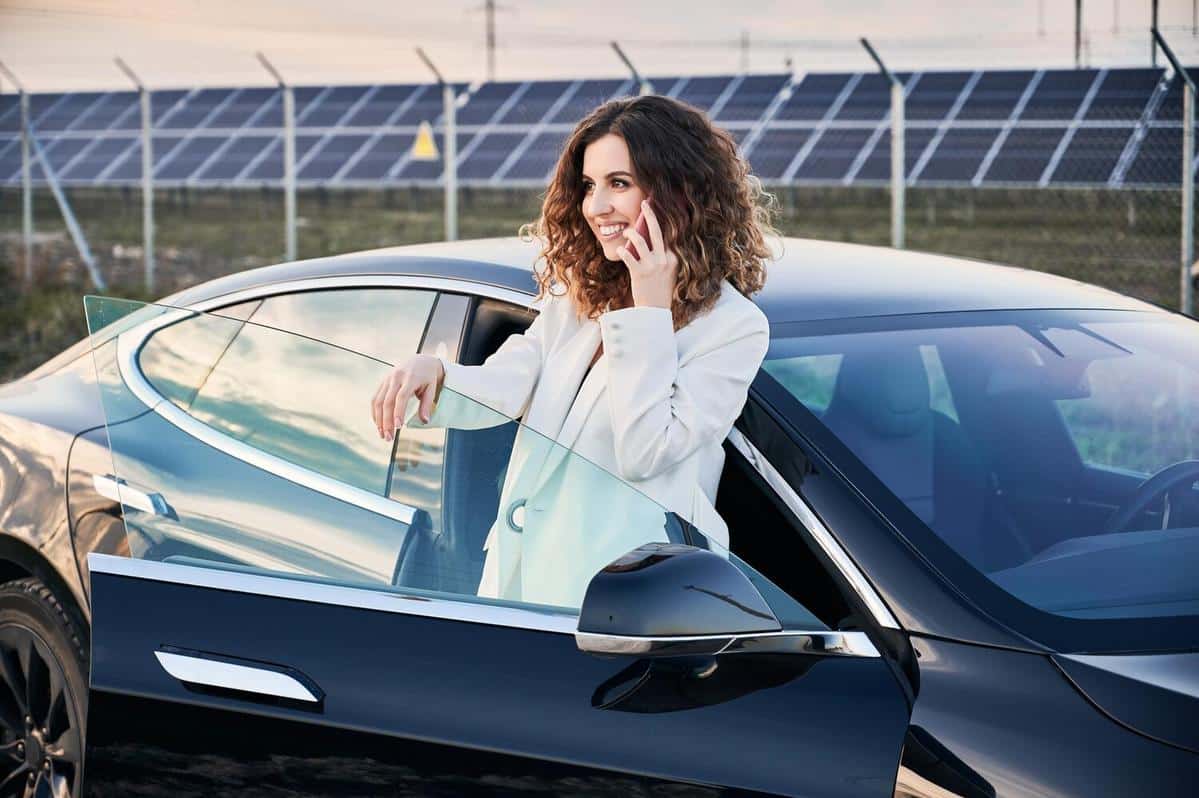
How Solar-Powered Cars Are Driving Change in the Automotive Industry
The automotive industry is undergoing a green revolution, with solar-powered cars emerging as a promising innovation that could redefine how we think about transportation. As the world seeks cleaner energy sources and sustainable technologies, these vehicles are not just an environmental dream but a tangible step forward in reducing our carbon footprint.
Solar-powered cars utilize photovoltaic cells to convert sunlight into electricity, powering the vehicle and potentially reducing the reliance on fossil fuels. This exciting technology has been gaining traction, with manufacturers exploring prototypes and even producing models that are ready for the road. But what does this mean for the future of driving?
The Potential of Solar-Powered Cars
Experts in the field, such as Tony Seba, a renowned technology futurist, have pointed out that solar energy could revolutionize the automotive industry by making cars not only more sustainable but also more efficient. “The potential for solar-powered vehicles is enormous,” Seba asserts. With the declining cost of solar panels and advancements in energy storage, the barriers to widespread adoption are gradually diminishing.
Statistics and Research Findings
According to a report by the International Energy Agency, the global solar photovoltaic capacity has increased by 22% in recent years, highlighting the growing interest and investment in solar technologies. Furthermore, studies suggest that integrating solar panels into cars could significantly extend their range, potentially up to several hundred miles on a sunny day.
Personal Anecdotes and Examples
Consider the story of Mark, an early adopter of solar technology in vehicles. Mark equipped his electric car with solar panels and experiences fewer trips to the charging station, enjoying the freedom and sustainability that solar power provides. His experience is a testament to the potential benefits of solar cars in everyday life.
Actionable Tips for Embracing Solar Car Technology
- Research the latest models and technologies available.
- Consider the climate and weather conditions in your area, as they affect solar efficiency.
- Look into government incentives for solar technology adoption.
| Feature | Traditional Cars | Solar-Powered Cars |
|---|---|---|
| Fuel Source | Gasoline/Diesel | Solar Energy |
| Emissions | High | Low to Zero |
| Maintenance Costs | Moderate to High | Low |
| Range | 300-400 miles | 200-500 miles* |
| Noise | Loud | Quiet |
| Fueling Time | 5-10 minutes | Varies with sunlight |
| Initial Cost | Lower | Higher |
| Environmental Impact | Negative | Positive |
Frequently Asked Questions
Are solar-powered cars affordable?
While initial costs can be higher, long-term savings on fuel and maintenance make them an economical choice.
Do solar cars work in cloudy weather?
Yes, though efficiency is reduced, modern solar panels can still generate power on cloudy days.
How far can a solar-powered car travel?
The range varies but can reach up to several hundred miles with optimal sunlight conditions.
Conclusion
Solar-powered cars represent a significant shift towards sustainable driving, offering benefits that extend beyond personal convenience to global environmental impact. As technology continues to advance, these vehicles are likely to become a common sight, driving change in the automotive industry. Consider exploring this sustainable option and be part of the movement towards a cleaner future.